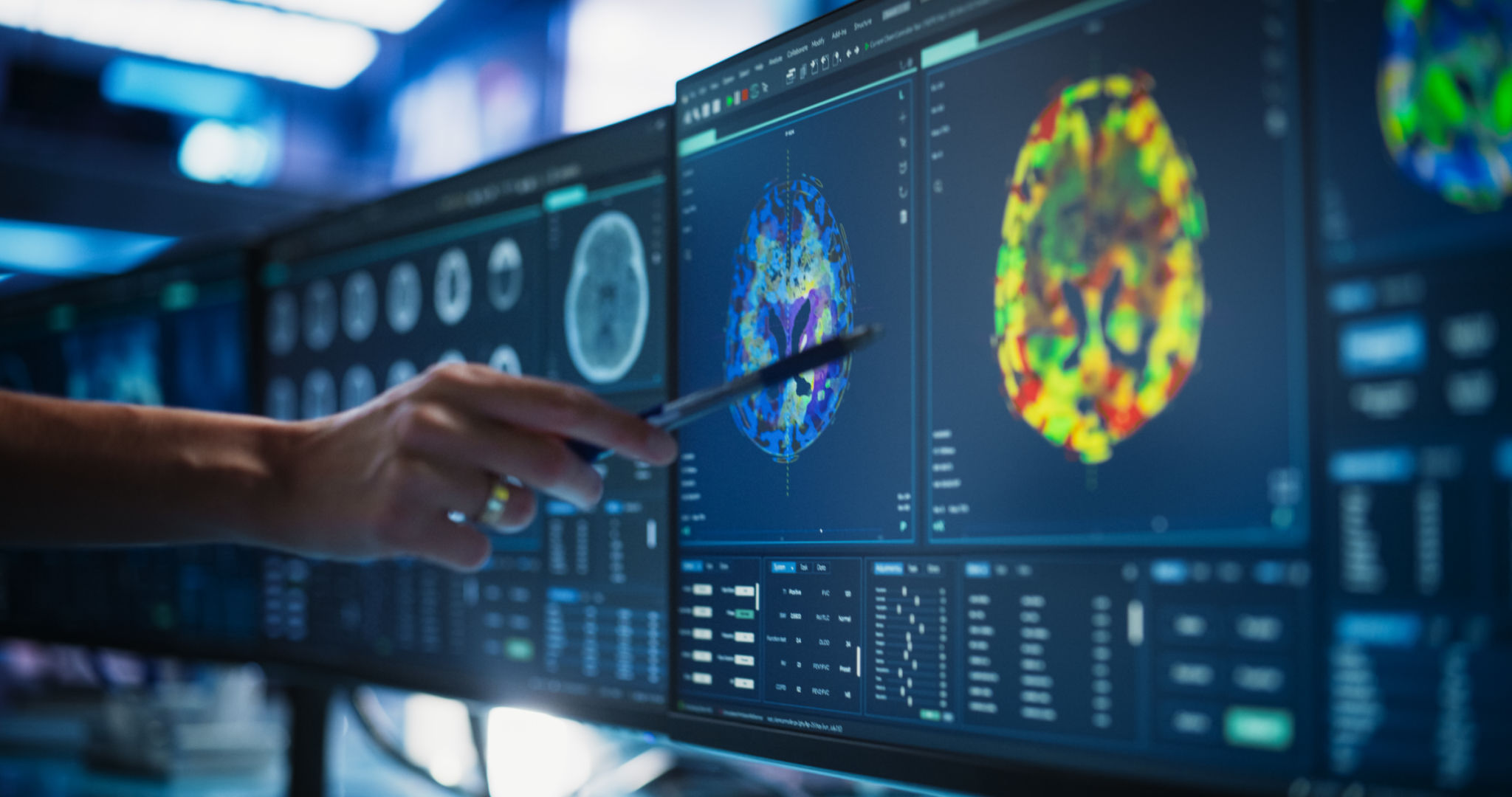How Organoid Electrical Stimulation Enhances Research Outcomes
Understanding Organoid Electrical Stimulation
In recent years, organoids have emerged as a groundbreaking tool in biomedical research. These three-dimensional structures mimic the complexity of human organs and provide a more accurate model for studying human biology. However, to further enhance their research potential, scientists have introduced electrical stimulation to organoids. This technique has shown promise in improving the accuracy and depth of research outcomes.
Electrical stimulation involves applying a controlled electric current to organoids, which can mimic the natural electrical signals found in the human body. This process can promote more realistic physiological responses, making organoids an even more valuable research tool.

The Science Behind Electrical Stimulation
Organoid electrical stimulation is based on the premise that many biological processes in the human body are electrically driven. For instance, the heart beats through electrical signaling, and neurons communicate via electrical impulses. By applying similar signals to organoids, researchers can simulate real-world conditions more effectively.
This stimulation not only enhances the functionality of organoids but also allows scientists to study how tissues and organs might respond to various treatments. Researchers can observe changes at cellular and molecular levels, leading to more comprehensive insights.
Applications in Neurological Research
One of the most promising applications of organoid electrical stimulation is in neurological research. Brain organoids, when electrically stimulated, can develop more advanced neural networks, which are crucial for studying brain function and disease.
This advancement offers researchers a closer look at neurological conditions such as epilepsy, Alzheimer's, and Parkinson's disease. By observing how these organoids react to electrical stimulation, scientists can better understand disease progression and potentially develop more effective treatments.

Cardiac Research Benefits
In addition to neurological applications, cardiac research has greatly benefited from organoid electrical stimulation. Heart organoids can be stimulated to contract rhythmically, much like a human heart. This allows researchers to study heart development, disease, and response to drugs in a controlled environment.
By simulating arrhythmias or testing new heart medications on these stimulated organoids, scientists can gain insights into how such conditions might be treated or managed in humans without initial clinical trials on people.
Implications for Drug Testing
Organoid electrical stimulation also holds significant potential for drug testing and development. Traditional drug testing methods often fall short in replicating human responses. However, with electrically stimulated organoids, researchers can observe how drugs interact with tissues on a more accurate level.
- Enhanced understanding of drug efficacy
- Reduced reliance on animal testing
- Improved prediction of side effects

Challenges and Future Directions
Despite its potential, there are challenges associated with organoid electrical stimulation. The complexity of accurately mimicking human electrical signaling and ensuring consistency across experiments remain obstacles that researchers are working to overcome.
Looking ahead, advancements in technology and a deeper understanding of bioelectricity could lead to more sophisticated models and methodologies. The future of this field holds promise for even greater breakthroughs in medical research and treatment development.
The Role of Collaboration
The success of organoid electrical stimulation in enhancing research outcomes relies heavily on collaboration among scientists, engineers, and medical professionals. Interdisciplinary efforts are essential for refining techniques and translating findings into clinical applications.
As the field progresses, fostering a collaborative environment will be crucial in ensuring that the full potential of organoid research is realized, ultimately benefiting patients worldwide.